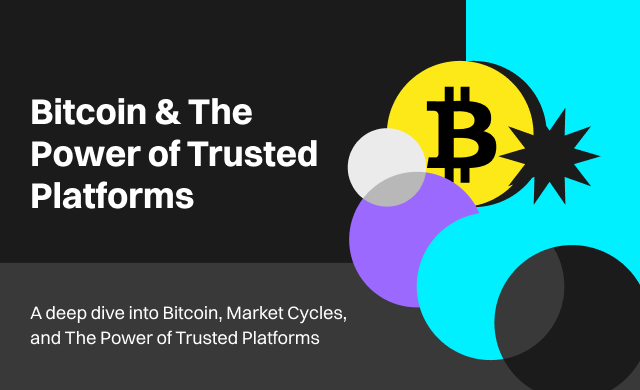Table of Contents
- Finding The Crack In The Armor
- Blockchain Security Is Of The Highest Essence To Keep Faith In The Ecosystem
Cryptocurrency and blockchain technology is undoubtedly the next generation of financial services. However, many of the blockchain-enabled platforms currently building crypto services have vulnerabilities, which hackers have exposed since the early days of the industry. As weak points are addressed, new threats arise. As a consequence of this cycle, hackers made away with over $4 billion worth of crypto assets in 2021. This upward trend in blockchain hacks is further confirmed by six of the biggest crypto heists in 2021.
Finding The Crack In The Armor
The most significant attack in the almost decade-long history of cryptocurrencies occurred in August 2021 by "Mr. White Hat," a pseudonym used to portray an ethical hacking intention. “Mr. White Hat” managed to steal over $600 million in funds from the decentralized finance (DeFi) platform Poly Network. In addition, he exposed weakness in the company's cross-chain smart contracts. As a result, Poly Network had to enter into negotiation to retrieve the stolen sum, distributed $500,000 for locating the system vulnerability, and even offered Mr. White Hat a job.
Another high-profile attack occurred on February 2, 2022, which was coincidentally, another attack on a cross-chain vulnerability; but this time, on a more prevalent blockchain, Solana. Wormhole, one of the most famous bridges linking the Ethereum and Solana blockchains, lost about $320 million in the attack. The attack used unpatched Rust contracts in Solana, exploiting it into crediting 120k ETH as having been deposited on Ethereum. The exploit allowed the hacker to mint the equivalent in wrapped whETH (Wormhole ETH) on Solana.
Hackers are increasingly exposing bridges and cross-chain vulnerabilities, but other "traditional" attacks continue. For example, in December 2021, a stolen private key enabled hackers to breach the security of two hot wallets belonging to the BitMart crypto exchange. Close to $200 million of liquid funds were lost to this attack. Another private key-related hack took place in December 2021, where the cyber assailants went on to steal $135 million worth of PYR tokens.
Blockchain Security Is Of The Highest Essence To Keep Faith In The Ecosystem
Today, the average consumer believes blockchain technology to be highly secure due to the encryption protocols, but most are unaware of the pace of technological advancement. Quantum computing is and will continue to be a significant threat to the integrity of blockchain ecosystems, and this future is nearer than most people think. For instance, IBM announced the release of their quantum chip, the IBM Quantum Condor, which is slated for the end of 2023.
Quantum-proof encryption, One-Time Pad, is one of the core product offerings at Crown Sterling. Founded in 2018 by CEO Robert Edward Grant, Crown Sterling is on a mission to create encryption products that allow users to have both ownership and protection over their personal data.
Grant was the first to discover the Infinite Prime Number prediction pattern, putting today’s encryption framework to the test by allowing precise prediction of prime numbers. This discovery led to Grant publishing a paper titled “Accurate and Infinite Prime Number Prediction from Novel Quasi-Prime Analytical Methodology.”, co-authored by Physicist and Number Theorist Talal Ghannam, PhD.
"There is a quantum-resistant solution: One-Time Pad encryption, which is viewed by cryptography experts as the most reliable method of data security. It is the world's standard, and will be available to the world through our platform in a key compression that is outstanding and practical." said Grant.
For every claim that blockchain is not secure, the need for companies like Crown Sterling becomes evident. Even though blockchain hacks have become more prevalent, giving people a reason to question its security, people like Robert have been investigating solutions for encryption issues in the long term. As the reality of quantum computing gets nearer, innovative solutions are required to ensure the longevity of blockchain technology.
Disclaimer: This article is provided for informational purposes only. It is not offered or intended to be used as legal, tax, investment, financial, or other advice.
Investment Disclaimer













